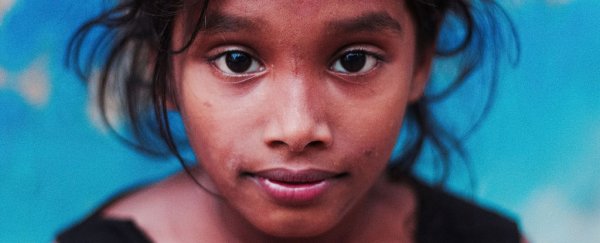The World Bank projects that the number of people living in extreme poverty will fall below 10 percent of the global population this year for the first time ever, with estimates that just over 700 million people are living below the poverty line in 2015.
The numbers come as the organisation has updated the international poverty line for the first time since 2008 to keep up with inflation. The new global poverty line is US$1.90, up from the former US$1.25. Basically, if you're living on less than US$1.90 a day to meet all your needs in 2015, you're defined as living in extreme poverty.
While 702 million is of course still an incomprehensibly vast number of people struggling to get by in very harsh economic circumstances, it means things are moving in the right direction, at least. Just three years ago, the extremely poor numbered 902 million, which accounted for 12.8 percent of the global population. Comparatively, the dip to 702 million represents just 9.6 percent of us. Still way too many, but a considerable reduction in three years.
"This is the best story in the world today – these projections show us that we are the first generation in human history that can end extreme poverty," said Jim Yong Kim, president of the World Bank Group. "This new forecast of poverty falling into the single digits should give us new momentum and help us focus even more clearly on the most effective strategies to end extreme poverty."
According to Kim, those strategies include broad growth to create decent income-earning jobs; investments in education, health, and sanitation; and better safety nets to protect the most vulnerable from the risks of unemployment, hunger, illness, and natural calamities.
But it won't be easy, with a laggardly world economy expected to significantly impact on the World Bank's stated goal of 'ending extreme poverty' by 2030, which makes it likely that the gains of recent decades won't be repeated in the short term.
"It will be extraordinarily hard, especially in a period of slower global growth, volatile financial markets, conflicts, high youth unemployment, and the growing impact of climate change," said Kim. "But it remains within our grasp, as long as our high aspirations are matched by country-led plans that help the still millions of people living in extreme poverty."
It's also worth noting that 'ending extreme poverty' in this context means 'effectively ending extreme poverty' – as the 2030 goal is focused on reducing it to under 3 percent, not eradicating it entirely.
If the
